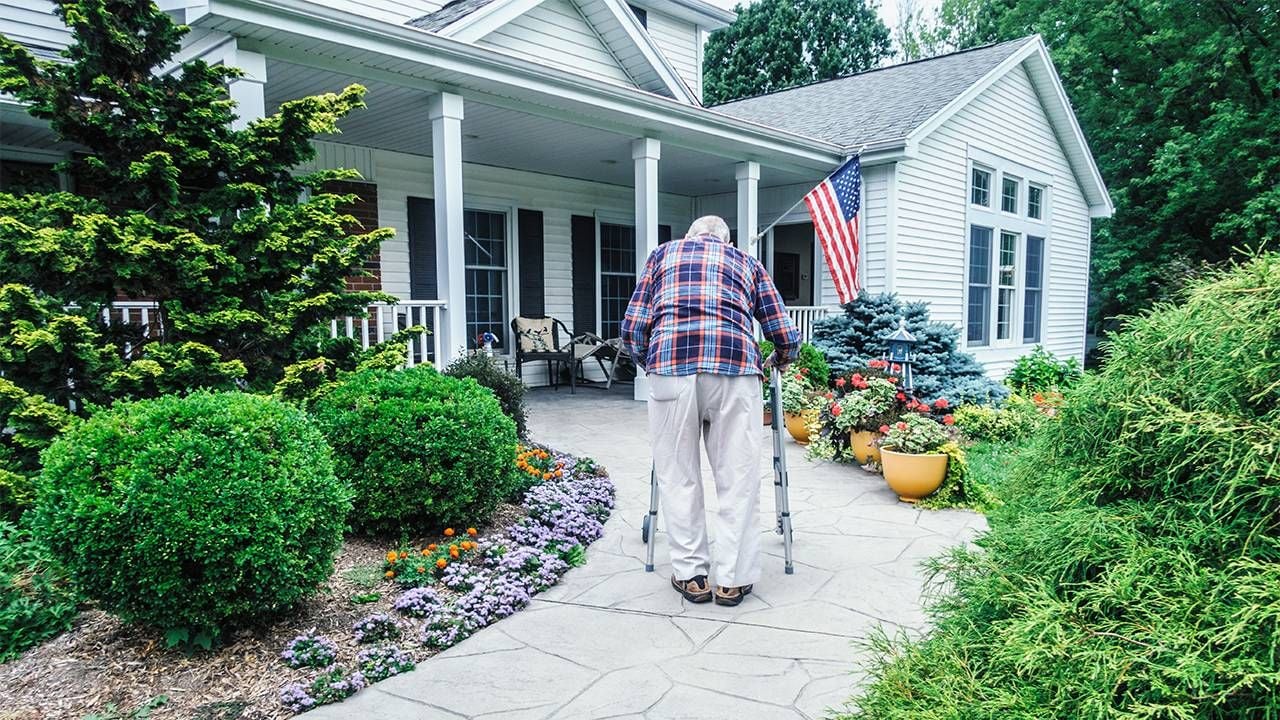Nuance Audio is a new option for people who resist traditional aids, from the company that makes Ray-Bans and operates LensCrafters.
Seekers of Meaning Podcast Posted Online March 7, 2025
What's Next Longevity Deal Talk Episode 32, January, 2025
Presentation: What's Next Longevity Venture Summit, June, 2025

 The articles and tech industry focus on ‘aging in place’ and fear. And it’s not unlike the ‘I’ve Fallen and I can’t Get Up’ fear.
The articles and tech industry focus on ‘aging in place’ and fear. And it’s not unlike the ‘I’ve Fallen and I can’t Get Up’ fear.  CES begins next week – but never mind – what mattered in 2022? The press releases for next week’s
CES begins next week – but never mind – what mattered in 2022? The press releases for next week’s  Taking stock of 2022 in AgeTech. We are approaching end of the year – it has been a good one for emerging technologies that can help older adults, today commonly known as
Taking stock of 2022 in AgeTech. We are approaching end of the year – it has been a good one for emerging technologies that can help older adults, today commonly known as  What changes in care technology will be different later in this decade? Consider the implications of adoption of sensors to deliver and improve the care of older adults -- then look forward five years. What will be different in this second technology wave, both from today and from the market a decade ago? Is this optimism justified? Does the shortage of labor to serve the aging population make sensor technology essential in delivering care? Many of the interviewees for this new report, due out in November, 2022, think that innovation in offerings, caregiving labor shortages, and a swelling demographic aged 80+ all combine to boost both utility and adoption across all care sectors. What specifically might be different?
What changes in care technology will be different later in this decade? Consider the implications of adoption of sensors to deliver and improve the care of older adults -- then look forward five years. What will be different in this second technology wave, both from today and from the market a decade ago? Is this optimism justified? Does the shortage of labor to serve the aging population make sensor technology essential in delivering care? Many of the interviewees for this new report, due out in November, 2022, think that innovation in offerings, caregiving labor shortages, and a swelling demographic aged 80+ all combine to boost both utility and adoption across all care sectors. What specifically might be different? The biggest older adult tech news from August was audible.
The biggest older adult tech news from August was audible.